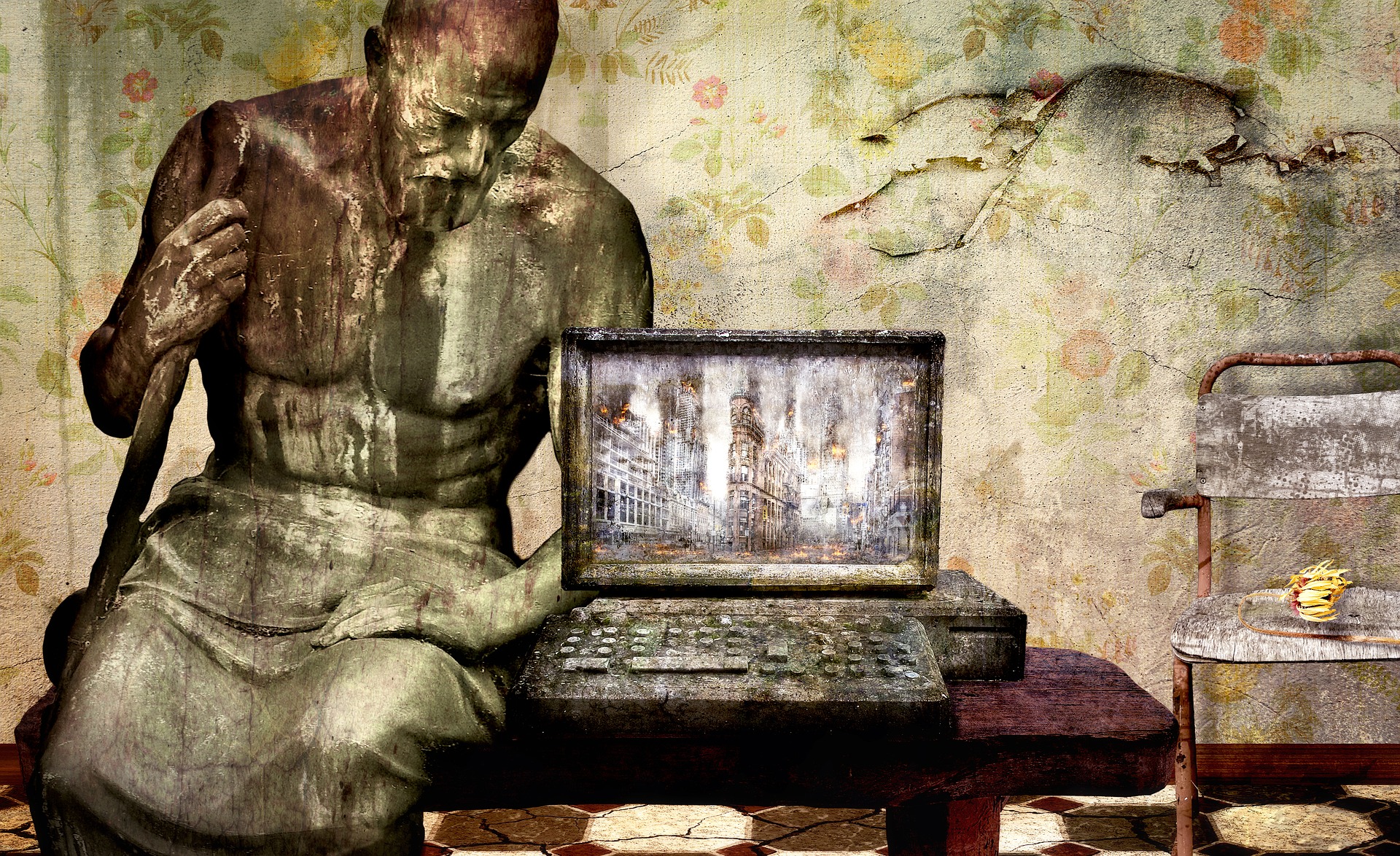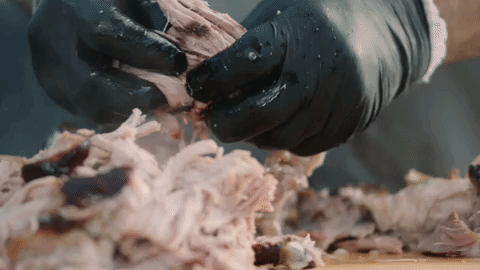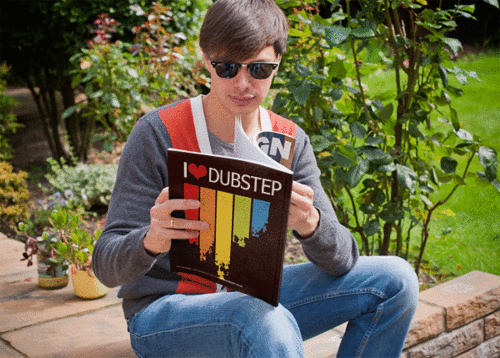[vc_row][vc_column][vc_row_inner css=”%7B%22default%22%3A%7B%22margin-bottom%22%3A%221.5rem%22%7D%7D”][vc_column_inner][vc_video link=”https://www.youtube.com/watch?v=ZY4ERreyIGQ”][/vc_column_inner][/vc_row_inner][vc_column_text]
Hey Everyone – welcome to the fearless blog! I’m so excited that you’re joining me on this journey to a more powerful, productive, and positive life. The point of this blog is to help us all gain back our power over fear through better self-awareness and the Fear(less) Challenge. What is the Fear(less) Challenge? I’m so glad you asked!
Fear(less) challenges are designed to help us separate out the fears that are valid and still help us in this modern environment, from the fears that helped our ancestors survive but today are outdated and preventing us from fully living.
For our ancestors, the brain’s shortcut between discomfort and death was an important one. But for us, these are usually unhelpful residual patterns that keep us isolated, stressed, and scared of the wrong things – like failure and rejection or even other people.
Fear(less) challenges inspire us all to lean into the discomfort recognizing that not all stress means we are going to DIE. Trust me. If we could die of awkwardness or embarrassment, I would definitely not be here today.
I’ve found that the more we let go of these unnecessary fears the more we make room for the good things that make life so worth living – we become more productive, creative, connected, and conscious.
The challenges are meant to push us into spaces of discomfort while ultimately leaving the world slightly better for it. No one is meant to be fearless. Walking in front of a greyhound bus because you don’t fear it is still a poor choice…but actively deciding, choosing what deserves your fear, and what’s an ancient shortcut that needs to be overwritten, that’s power. Making that distinction is how we can become fear (less).
So please, join in! Participate in the challenges. Post about them here and on all your socials using the #fearlesschallenge.
And let’s become fearless together!
















 See your own reflection?
See your own reflection? I know it’s not quite a hand in ice water but it’s close enough…and funny.
I know it’s not quite a hand in ice water but it’s close enough…and funny. I’m uncomfortable for myself—but also for you, my friends!
I’m uncomfortable for myself—but also for you, my friends! Just imagine the level of social empathy developing in this scene.
Just imagine the level of social empathy developing in this scene.